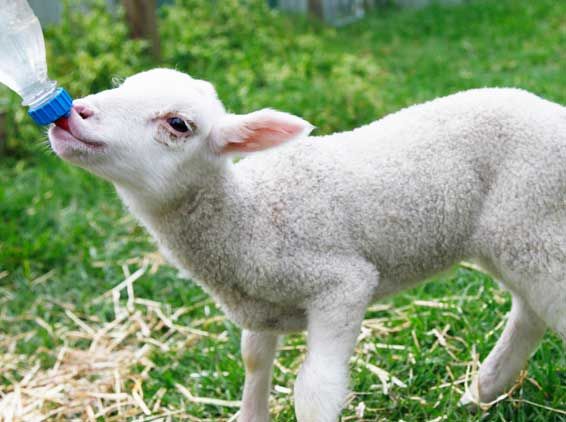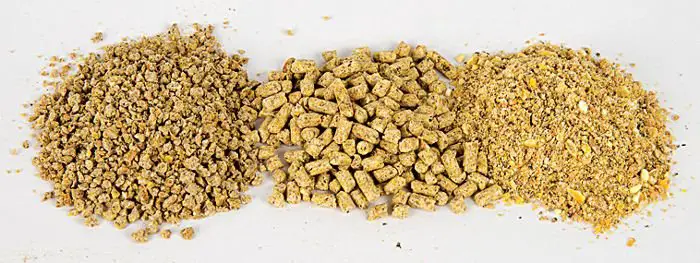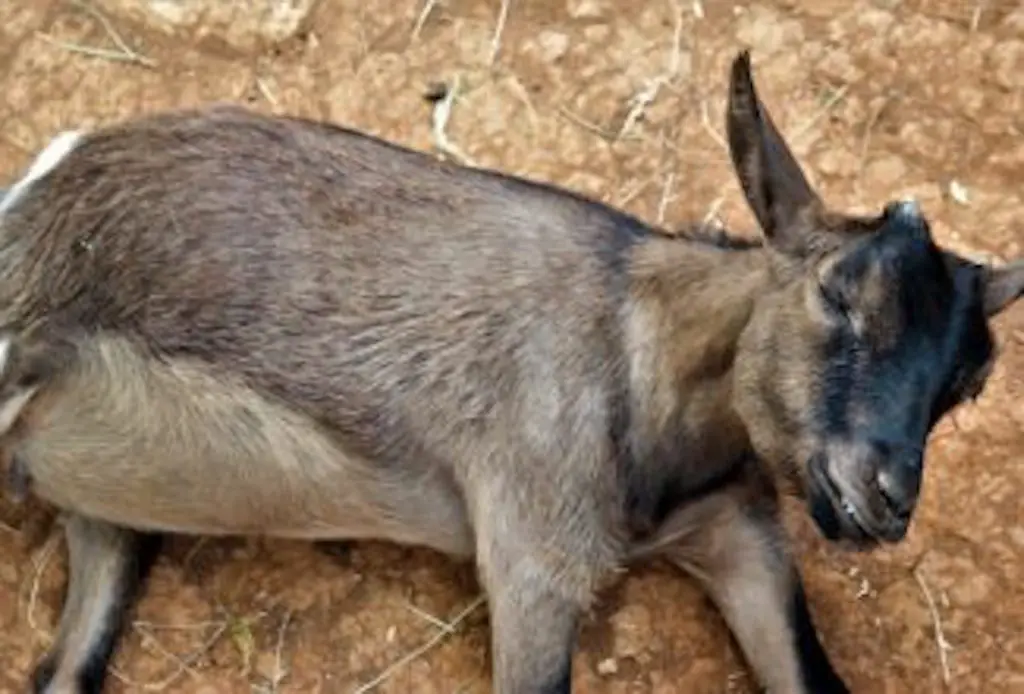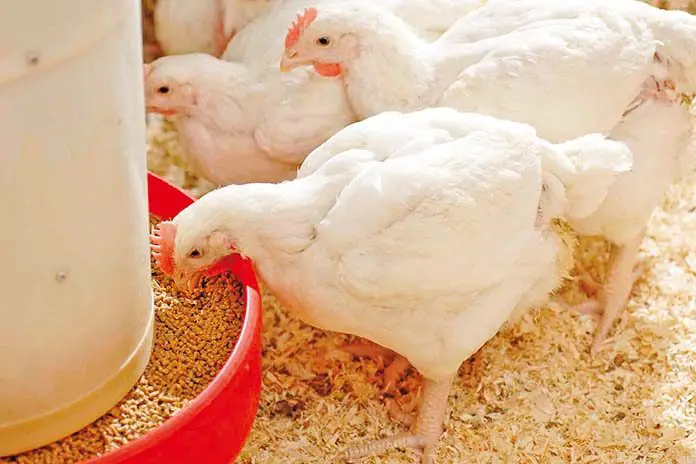There are two main ways that lambs can get orphaned, the ewe might die or reject the lamb after birth. To ensure the lamb survives the farmer not only has to provide warmth to the newborn but also all the nutrition as the lamb will not have access to breastfeeding. There are several ways to feed orphan lambs, we will look at the milk replacers and equipment required and also adoption methods using other ewes.
Contents
What to Feed Orphan Lambs
Lambs are ruminants hence before they reach weaning weight it’s also important that they get roughage in the form of grass as they will nibble it from the first day. What to feed orphaned lambs will depend on the age of the lambs, milk or milk replacers should be the bulk of the feed offered before 6 weeks when the lambs can be weaned. Care should be taken when feeding orphan lambs to avoid digestive issues feed should be introduced gradually and fed according to body weight for example milk should be fed at 10-15% of the lamb’s body weight.
Colostrum
When lambs are born it is important that they get access to colostrum which is the first thick milk that the ewe produces first soon after giving birth to the lamb. This is a nutrient-dense solution that is also packed with the ewe’s antibodies to guard against diseases. Lambs should get at least 200ml of colostrum 6 hours after birth to benefit from the beneficial attributes of colostrum. In the case of orphaned lambs colostrum from another ewe can be fed to the orphan to help it along and give a good boast to its immune system. This is very important as feeding orphan lambs requires milk replacers and equipment which needs extra care and hygiene to prepare and use to avoid diarrhea or scours that could kill the lamb if not done properly or if the orphan lamb has a weak immune system. Below is an example of a homemade colostrum in case there are no donor ewes to provide in the first 24 hours of the lamb’s life.
- 740 millimeters of cow milk
- One egg
- One teaspoon of cod liver oil
- One teaspoon of glucose
Milk and Milk Replacers
Milk or milk replacers will form a large part of what is fed to the orphaned lamb until they are ready to be weaned which can be as early as 6 weeks. However, it is beneficial to the lambs’ health and growth performance to feed milk for up to 14 weeks if costs allow. Milk or replacers should be fed gradually and split into at least 4 meals per day to avoid bloating. The lamb should not be fed too much milk until the stomach is bulging, milk should be 10 to 15% of the lambs’ body weight. This recommendation gives a guide on how much to feed as the lamb grows, but increases need to be gradual too. Yogurt or fermented milk can also be added to the milk to reduce incidences of bloating by introducing beneficial bacteria into the lambs’ gut. All milk or milk replacers including colostrum should be warmed to about body temperature before feeding. A simple milk replacer formula is shared below, which can be mixed and stored in fridge before feeding.
- One and third cup full cream milk powder
- One liter clean water
- One egg
- Half cup cream
Roughage
In addition to milk orphaned lambs should be fed hay and/grass, from day one to help with the proper development of the digestive system. Being ruminants this hay provides much-needed fiber to the lambs developing digestive system and they will be able to each grass fully from about 4 to 6 weeks in preparation for weaning off milk. Lambs should not be weaned until they have been on roughage for at least ten (10) days and should be able to drink water freely.
Adoption
Farmers can try all the above to provide the right nutrition when feeding orphan lambs but nothing beats the proper feeding and attention of a proper mother. In the case of orphaned lambs, the farmer can foster the orphan to another ewe, not its biological parent. This process is however not easy if ewe behavior is not known and taken advantage of. Ewes will reject any lambs that are not theirs as they can identify their own by just smell, sight, or sound. Orphaned lambs can be smeared with amniotic fluid from the adoptive ewe or washed in a salt solution to mask its own smell, tricking the adoptive lamb to feed the orphan. This should be done as quickly as possible before the lamb gets used to bottles or tube feeding which might affect its ability to breastfeed.
Equipment
Because the orphan lamb will not have in most cases access to breastfeeding it will need to be tube or bottle-fed. Some lambs will need training as they will not take ready to these pieces of equipment, patience will be needed in introducing the artificial teat to the lamb. In some cases, the hole on the teat might be too small frustrating the lamb when it tries to suck, in that case, the hole can be made bigger using a hot needle to improve feeding. You can test the lambs’ suckling impulse by using your finger to see if it’s actually sucking.
Scours
Most orphaned lambs will succumb to diarrhea, not because of bacterial infections but improper feeding, feed, or milk should be introduced or changed gradually to avoid upsetting the gut microflora. However proper hygiene should also be practiced and the bottles and teats sanitized to avoid bacterial infections. Treatment is with electrolytes and feeding of hay to try and bring back the right balance in gut microflora.
The first 4 weeks are the most crucial period of the orphan lambs’ life and colostrum, milk, fiber and water should be fed as recommended. The above feeding practices will greatly increase the chances of the orphan lambs’ survival until weaning, however the farmer should provide warmth and all vaccinations to reduce stress and disease challenges on the lamb.




